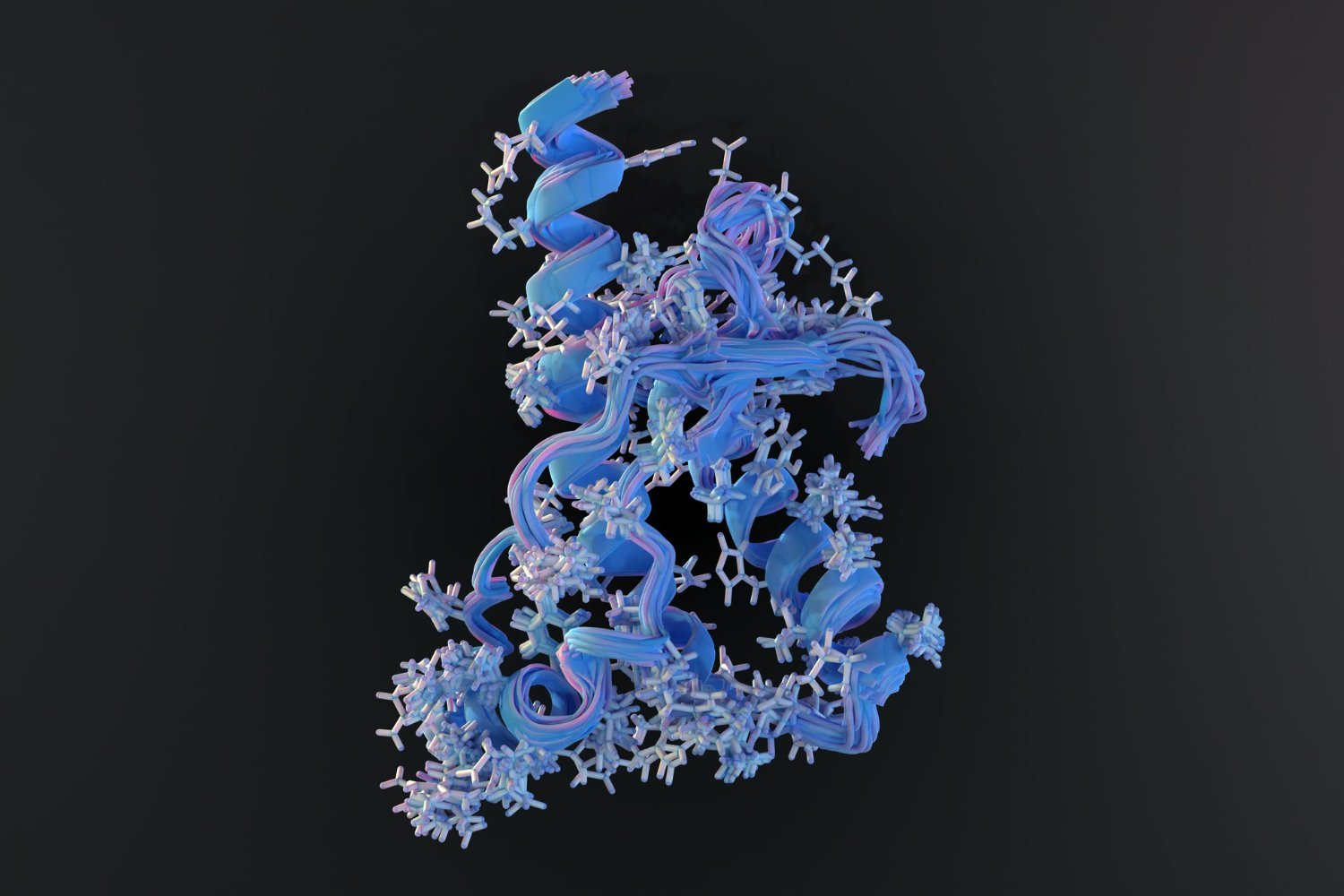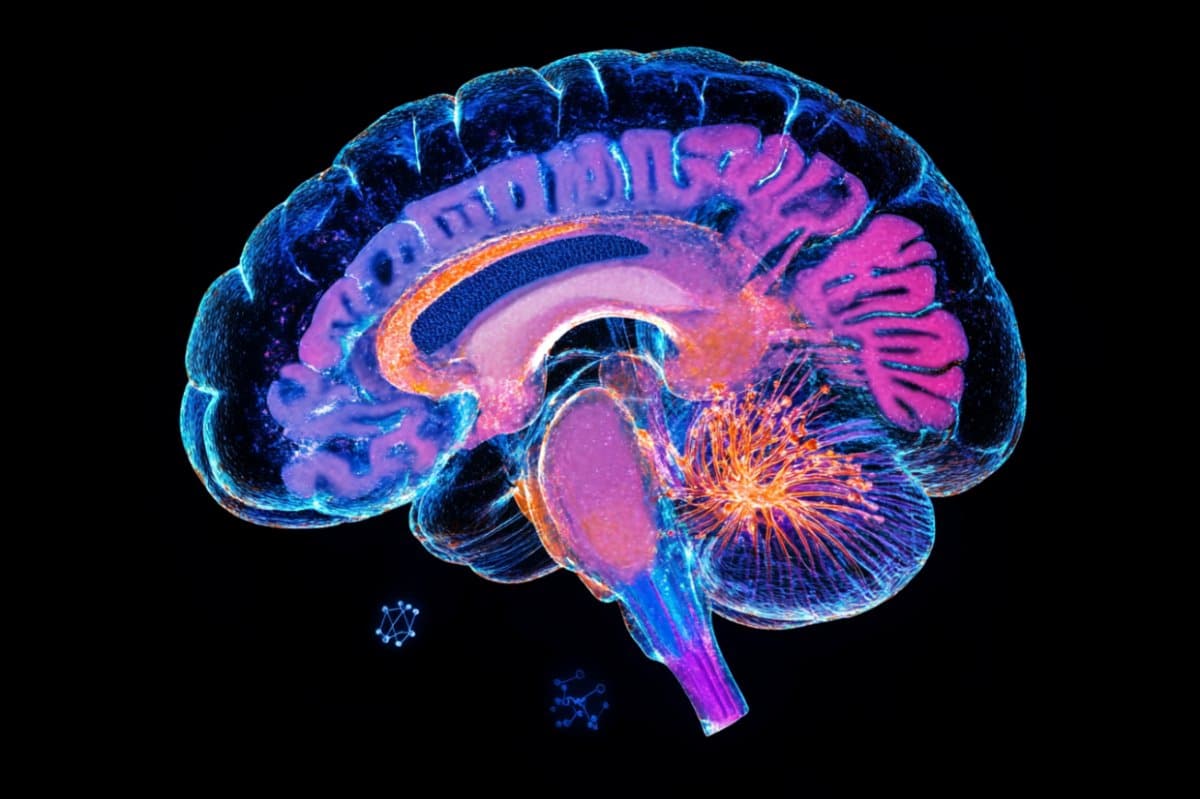The grim reaper can sometimes take decades to catch up with its victims. In a report out this week, scientists describe a woman who died from an incurable prion disease caught roughly 50 years earlier.
Doctors detailed the unusual case in a paper published Wednesday in the journal Emerging Infectious Diseases. The 58-year-old woman developed a form of Creutzfeldt-Jakob disease (CJD) likely contracted through contaminated human growth hormone (HGH) treatments she received as a child, they determined. The tragic death may represent the longest latency period ever documented for this universally fatal disease.
Disease-causing prions are one of the strangest things that can sicken people. They’re the misfolded form of the normal (but still very mysterious) prion protein found in our bodies and brains. When a rogue prion comes across its harmless counterpart, it converts the latter into a misfolded copy of itself, much like a zombie outbreak.
Over time, the exponential accumulation of bad prions destroys the brain, leading to symptoms like dementia and death soon after. If that’s not scary enough, prions are naturally resistant to most standard methods of sterilization used to kill off other infectious agents like bacteria or viruses. The one saving grace is that prion diseases in general remain very rare, though other prion-like diseases like Alzheimer’s are more common.
Prions can emerge sporadically for no clear reason, can be caused by inherited mutations, or they can be transmitted though close contact with infected bodily fluids or brain matter. In the 1980s, for instance, doctors discovered that people could catch CJD through human growth hormone extracted from prion-infected cadavers. A decade later, we learned that people could also catch CJD via tainted beef from cows infected with their own version of prion disease (nicknamed mad cow disease).
The discovery of HGH-related CJD quickly led to the end of cadaver-sourced HGH in the U.S. and other countries (thankfully, synthetic HGH became available soon after). Still, over two hundred cases of iatrogenic CJD—iatrogenic meaning it was caused by a medical treatment—from tainted HGH have been documented worldwide. Most of these cases were reported between five and 10 years after people had used HGH. But prion disease can sometimes take much longer to manifest in certain people, even decades.
According to this latest report, the woman first visited doctors with tremors and trouble balancing. As is often the case, once symptoms started, her condition rapidly worsened. She was hospitalized just four weeks later, and several days into her stay, she fell into a coma that she would never awaken from.
An autopsy confirmed the woman’s death from CJD but ruled out known genetic causes. And since she received HGH treatment prior to the cadaver ban, it was likely the root source of her illness, the doctors concluded.
HGH is used to treat severe growth-related conditions in children, and is typically taken over many years, including in this case. That makes it impossible to know exactly when the woman contracted CJD. Her first treatment was 51.3 years prior to her symptoms appearing, for instance, while her last treatment was 42.1 years earlier. But the U.S. switched to a different method of collecting HGH from cadavers in 1977, one that inadvertently and greatly reduced the risk of prion contamination. Based on that, the most likely timeframe for her infection is around 48.3 years earlier, the authors calculated.
There are known cases of people dying from CJD infections caught over 30 years ago, as well as reports of other prion diseases emerging over a half century later. But this appears to be the longest case of HGH-related CJD documented so far, though it might not be the last.
The researchers note that genetics can influence a person’s chances of developing prion disease. And the woman possessed a mutation in the gene that codes for the prion protein linked to longer latency periods. So while tainted human growth hormone hasn’t caused CJD for a very long time, some people out there may still one day succumb to their earlier exposure (it’s estimated that around 7,700 people in the U.S. took HGH prior to the cadaver ban).
The authors say that doctors treating neurological illness should at least be on the lookout for these delayed cases, especially if their patients have a history of HGH treatment before 1977.
“Although the US iCJD outbreak has slowed substantially, the potential for new cases remains,” they wrote.








